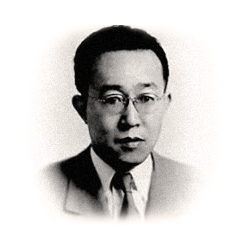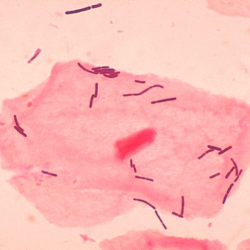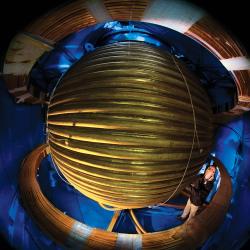The Institute for Physical Science and Technology and the Department of Physics announce the 25th Annual Shih-I Pai Lecture. This year's lecture will be presented by Jenann T. Ismael, professor of Philosophy at Columbia University. Her talk, "Information, Time, and Life" will be given on Tuesday, October 15, 2019 at 4:00 pm in room 1412 of the Physics building at the University of Maryland, College Park. A reception preceding the lecture will take place at the James A. Yorke Rotunda in William E. Kirwan Hall from 3 to 3:50 pm. All are invited.



 IPST-
IPST-Distinguished University Professor Eugenia Kalnay (IPST/Atmospheric & Oceanic Science) was awarded the 2019 Roger Revelle Medal at AGU’s Fall Meeting 2019 Honors Ceremony, held on December 11, 2019 in San Francisco, Calif. The medal is for “outstanding contributions in atmospheric sciences, atmosphere-ocean coupling, atmosphere-land coupling, biogeochemical cycles, climate or related aspects of the Earth system.”
 IPST-
IPST-Reza Ghodssi (ECE /ISR / Fischell Institute), with Wolfgang Losert (IPST / Physics / IREAP), William Bentley (BioE /Fischell Institute / IBBR) and Jens Herberholz (Psychology / NACS), has been awarded a $1M grant from the National Science Foundation. Their project, "Developing engineering solutions to investigate microbiome-to-neuron communication", aims to provide a more realistic picture of the complex gut-microbiome-brain axis system (GMBA).
 IPST-
IPST-IPST and Chemistry/Biochemistry Assistant Professor Pratyush Tiwary is organizing an NSF workshop on machine learning titled "Machine Learning and Chemistry: Challenges on the Way Forward".
Aravind Chandrasekaran, a chemistry Ph.D. student in the NCI-UMD Partnership program, published a first-author paper "Remarkable structural transformations of actin bundles are driven by their initial polarity, motor activity, crosslinking, and filament treadmilling" with co-authors Arpita Upadhyaya (Physics/IPST) and Garegin Papoian (Chemistry and Biochemistry/IPST). The paper was published on July 9, 2019, in the journal PLoS Computational Biology.

Professor Wolfgang Losert was appointed interim director of IPST, effective July 1, 2019.

Professor Daniel Lathrop (IPST / Physics) has been named a 2019 Distinguished Scholar-Teacher.
- IPST-
The College of Computer, Mathematical, and Natural Sciences (CMNS) hosted its annual Academic Festival on May 3, 2019, to honor the college’s 2019 employee award recipients. Teri Schuler, administrative assistant in the Institute for Physical Science and Technology, received a Dean's Outstanding Employee Award.

The College of Computer, Mathematical, and Natural Sciences has always been driven by fearless science. Reaching back more than a half-century, the college highlighted some of the most exciting scientific discoveries made by its faculty members. One of those discoveries was Distinguished University Professor James Yorke's (Math/Physics/IPST) and Edward Ott (ECE/Physics/IREAP) co-authored paper in 1990 that described a method for stabilizing a chaotic system. By adjusting a carefully chosen parameter, the researchers showed that they could prod the system toward a desired outcome.
 IPST-
IPST-The School of Mathematics at the University of Minnesota has selected Professor Dionisios Margetis (IPST/Mathematics) as an Ordway Distinguished Lecturer and Visitor (2019-2020). This distinction is awarded after faculty nomination and a competitive selection process in the School of Mathematics.
